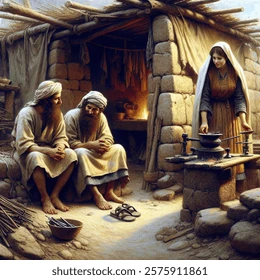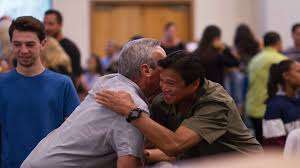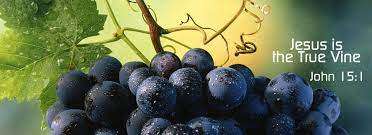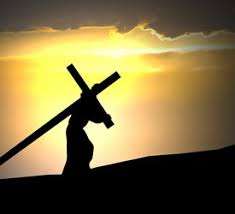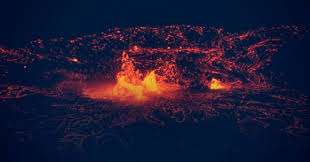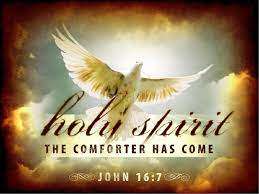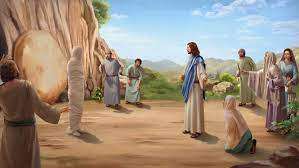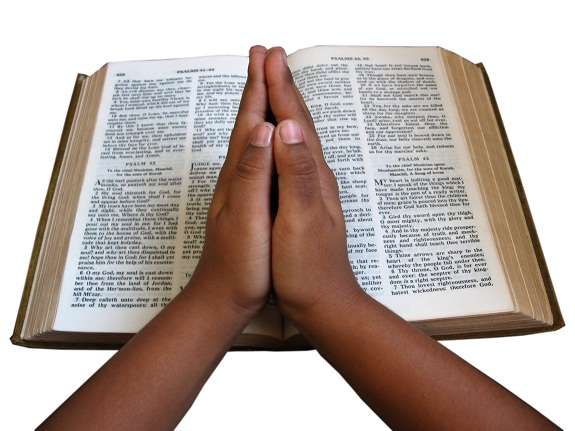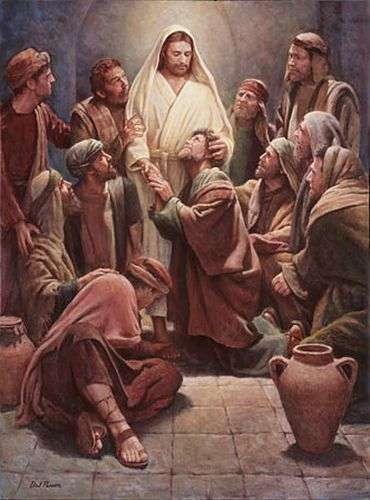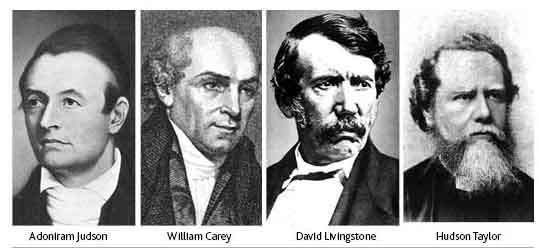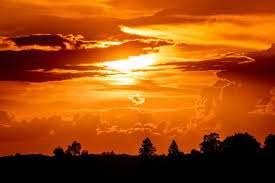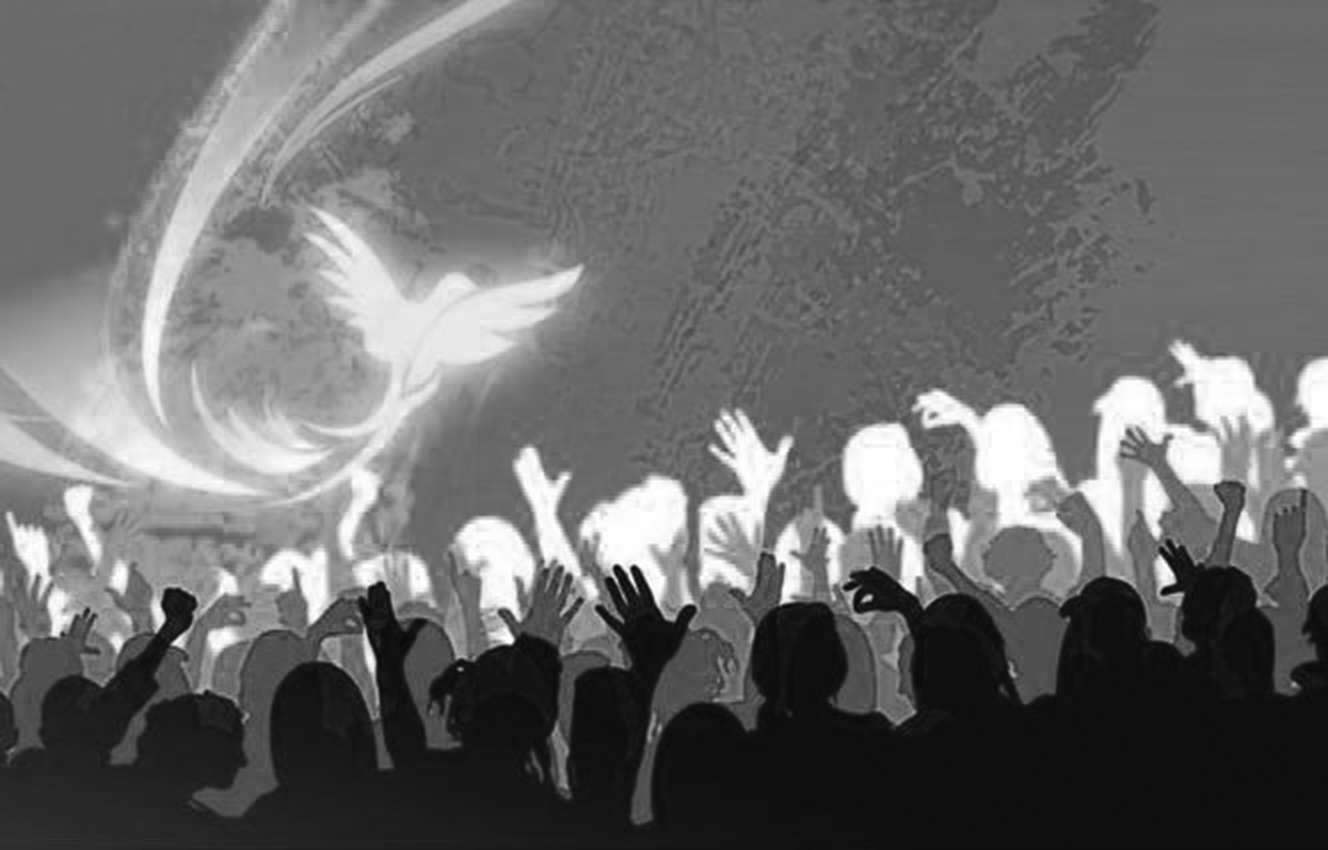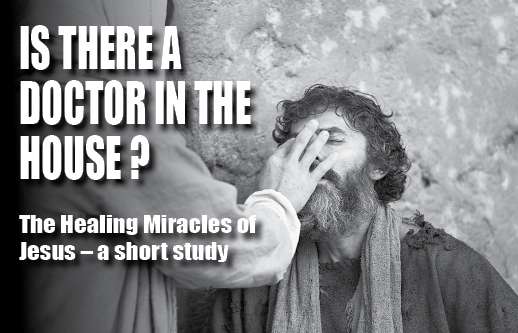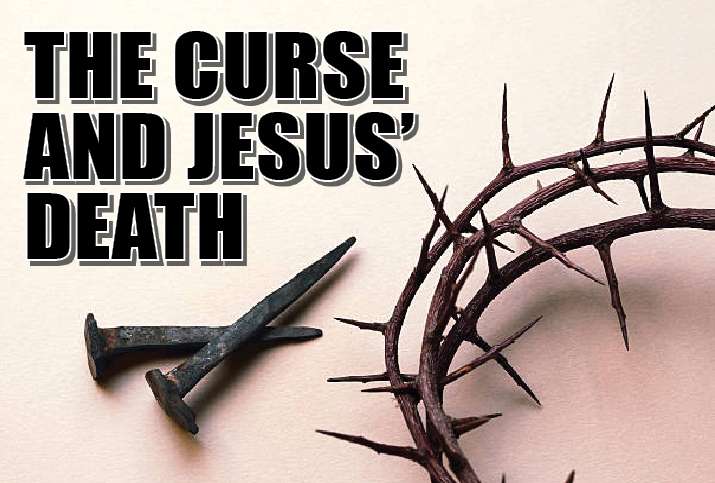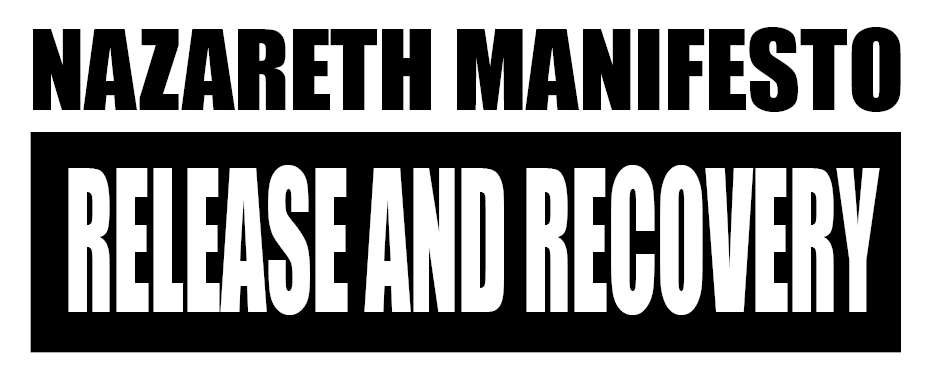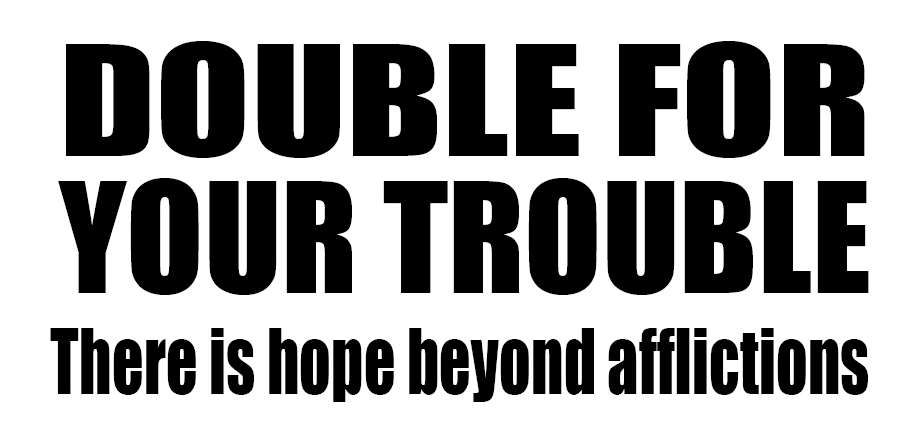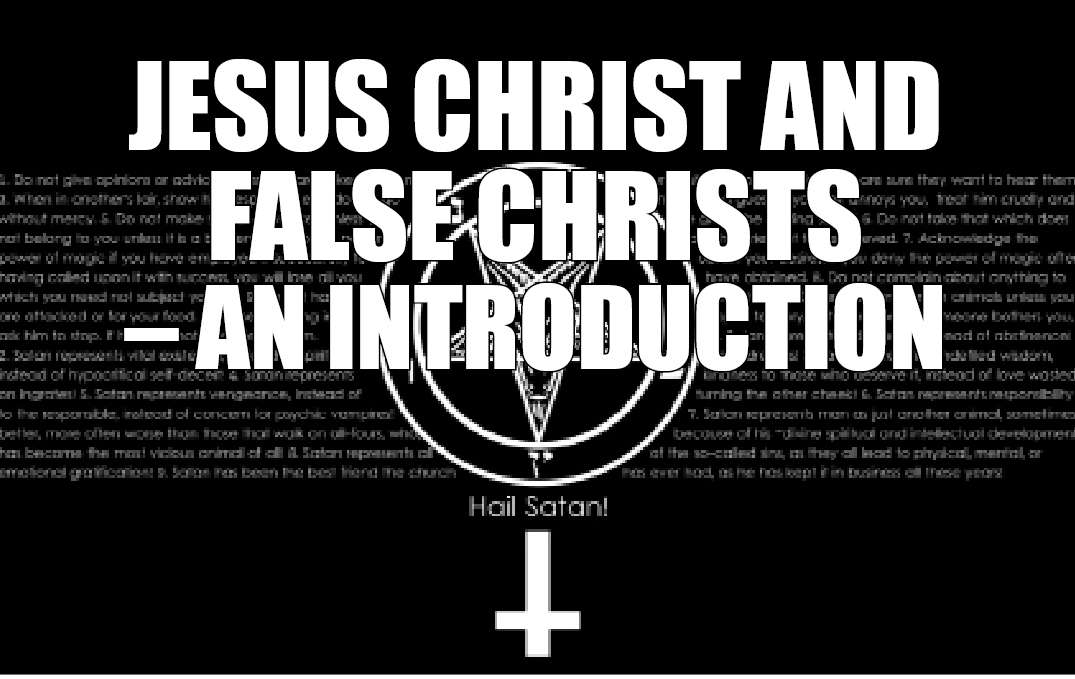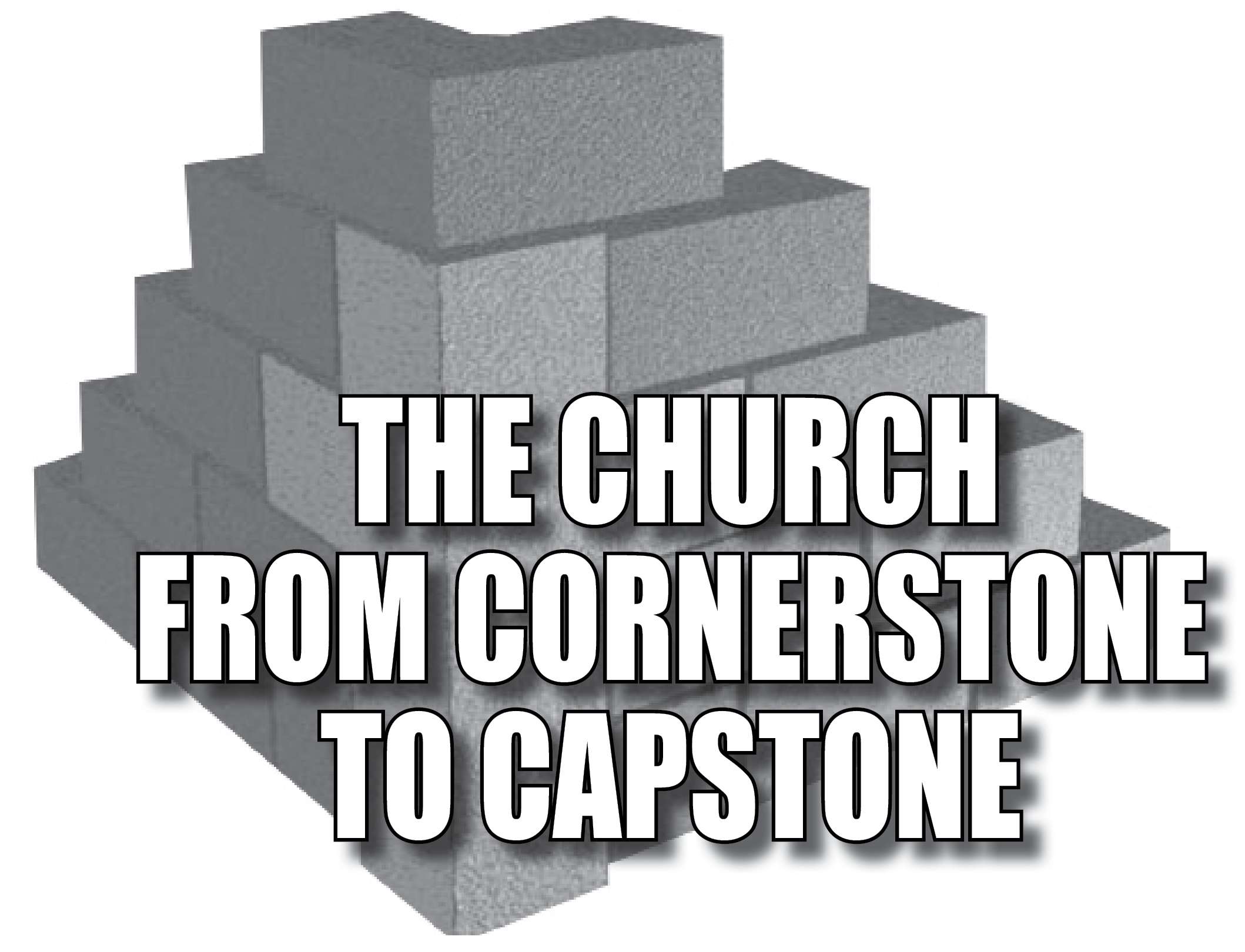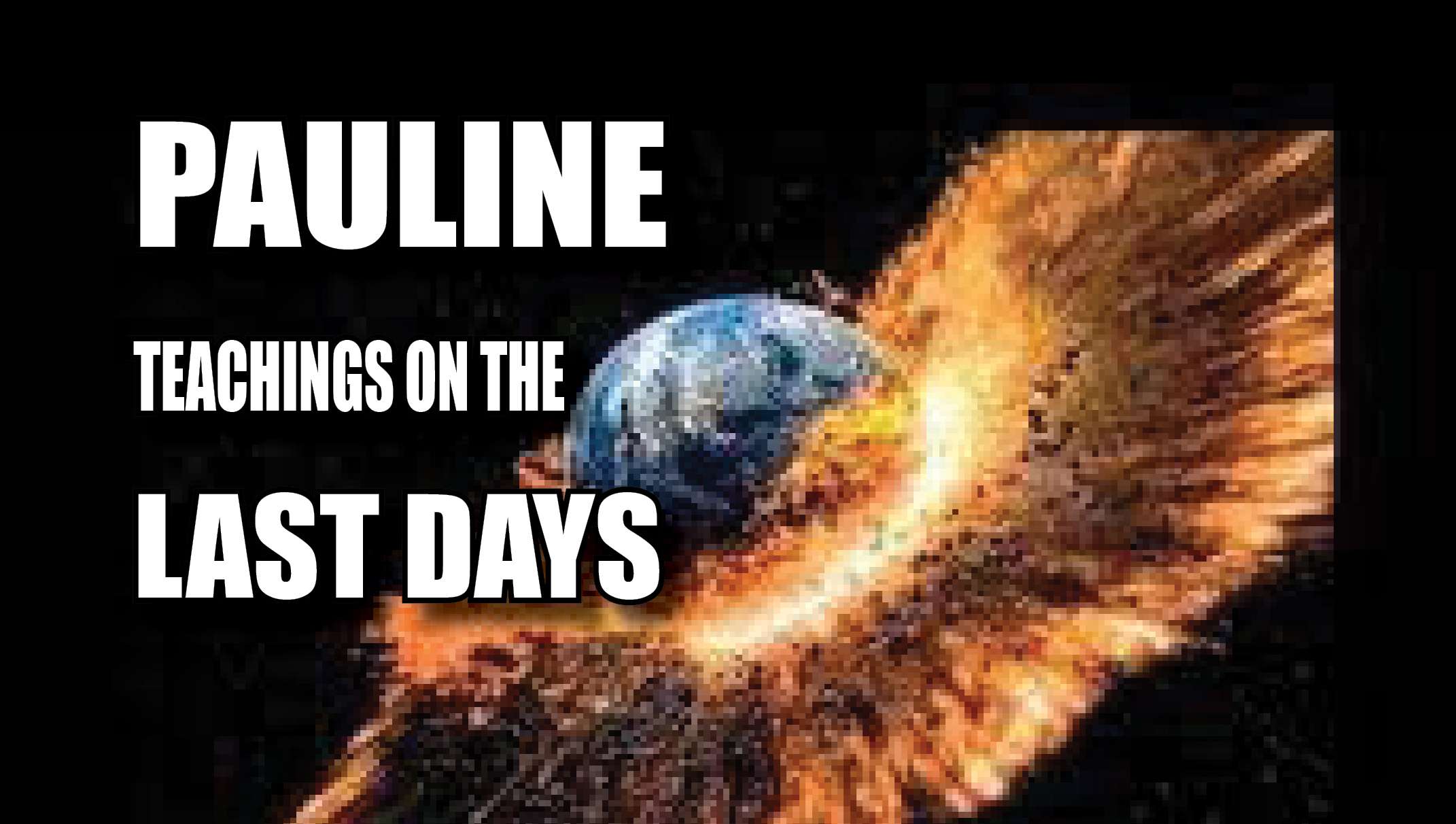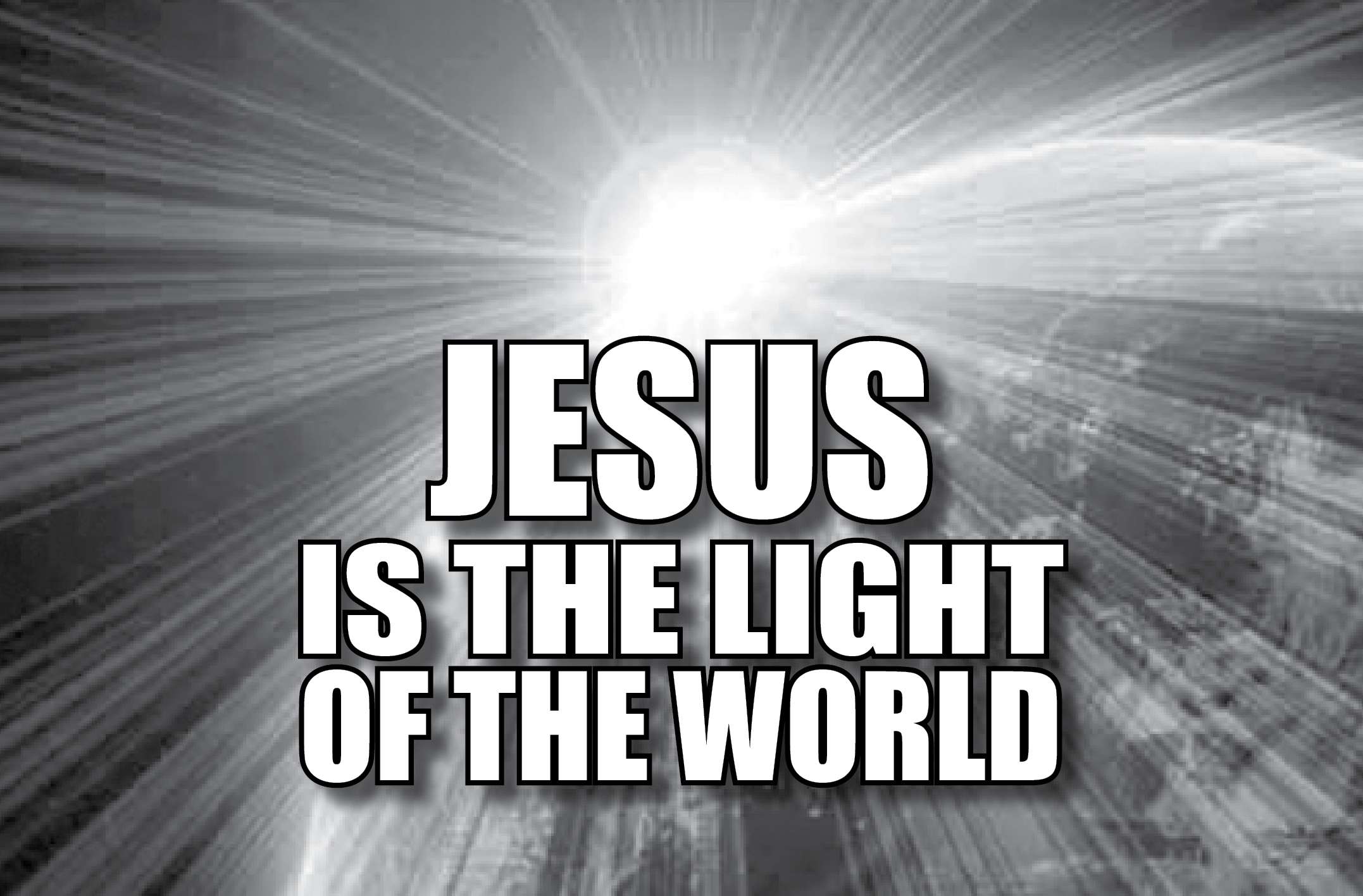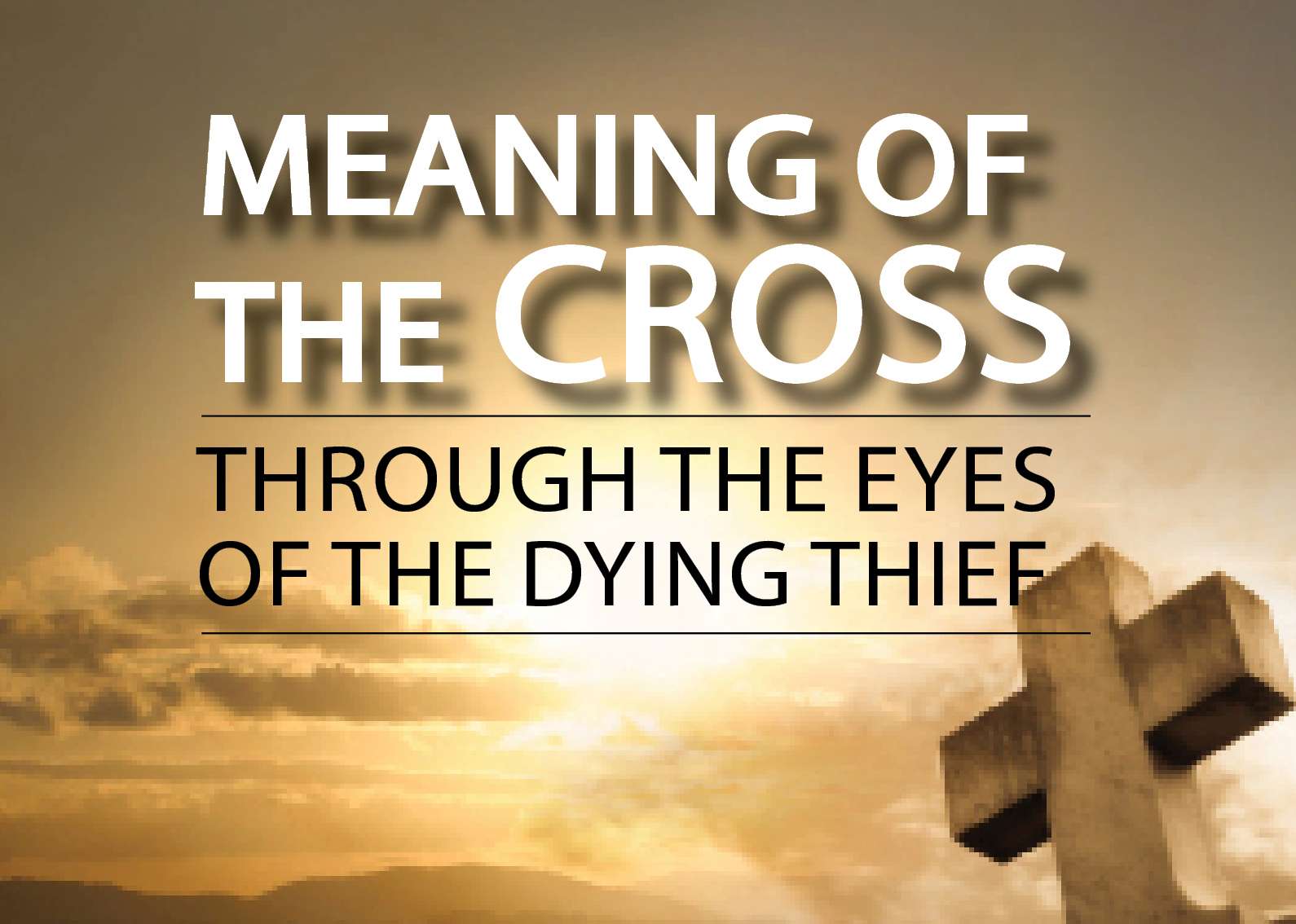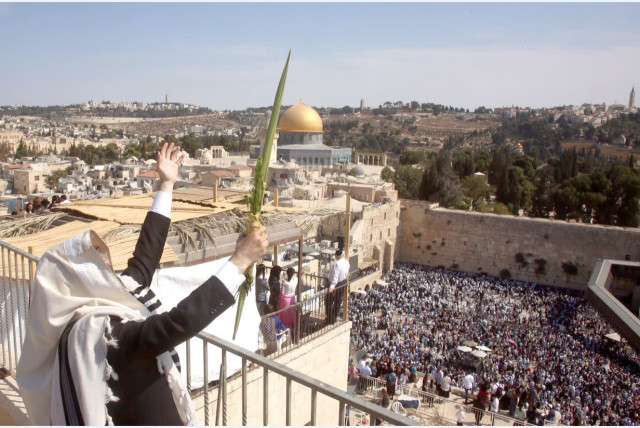

THE FEAST OF TABERNACLES
Dr. Kris A. Jackson
“Behold, the tabernacle of God is with men, and He will dwell with them…” (Revelation 21:3) Have you ever rented two motel rooms, side by side, you and your spouse in one room and the children next door, nothing but a four-inch wall separating the two of you? To a loving parent those four inches feel like a mile. You desire closeness, how much more your heavenly Father? In studying the final of the seven moeds or Jewish feasts, we come to the grand climax in God’s plan for mankind. He wants the wall removed once and for all. Through the ages there has been a progressive revelation in breaking down this wall. We see the high priest entering through the veil to the Holy of holies. At the fullness of time the word became flesh “and tabernacled among us” (John 1:14). Three decades later the veil of the temple ripped from top to bottom as Jesus, the Lamb of God, paid the ransom price for our sins. Then the Holy Spirit was given at Pentecost “that He may abide with you forever” (John 14:16). More walls have been demolished, still, we long for Jesus to personally return and establish His kingdom on earth. The Jewish Feast of Tabernacles chronologically and teleologically pictures the final removal of what separates us from God and brings the whole family, Jew and Gentile, together into one glorious room, the Father’s house. As the seventh redemptive name of the Lord, Jehovah-shammah, means “the Lord is there”, so in this seventh of the feasts, Emmanuel, “God with us”, truly, finally, visibly, personally, powerfully, will be with us. “Even so, come Lord Jesus!”
1. HISTORY
The Hebrew word ‘cukkah’ or its plural ‘sukkot’ is translated as “tabernacles” or “booths”. At Moses’ command in Deuteronomy 16:13-16 and Leviticus 23:33-44 the Israelites were to dwell in brush arbor tents or booths from Sabbath to Sabbath, beginning on the 15th day of the seventh calendar month. This coincides with our autumn, late September to early October.
“Sukkot” follows immediately after Yom Kippur, the Day of Atonement, Israel’s highest and holiest day. So it pictures a fresh start and the new life that God promises His people. They began celebrating this feast after settling in the Promise Land. Pitching and dwelling in tents was a reminder of the hardships endured in tents and booths during the exodus from Egypt and forty years of wandering in the wilderness. Tents are temporary dwellings just as we live in perishing earthly bodies which will one day be exchanged for “a building from God, a house not made with hands, eternal in the heavens” (2 Corinthians 5:1). Now, placed in their own land the Israelites would never return to the temporary shelter. The feast celebrated both the Land of Israel and the God of Israel.
Fifteen is the biblical number designating rest and seven is God’s personal number. Tabernacles, then, denotes entrance into divine rest, a “holy convocation. You shall do no servile work therein” (Leviticus 23:35). Jesus paid for our rest and peace. Each day sacrifices were offered, “made by fire unto the Lord”. Passionate praises, dancing and joy filled Jerusalem. The Holy Spirit is typified as fire. Tabernacles prophecy the Last Days global outpouring of the Spirit upon all flesh. Moses proclaimed, “you shall celebrate in the seventh month” (vs 41). The Day of Atonement covered the Israelites’ sins. Forgiveness now granted, it was fitting that the nation should rejoice. But it was also fitting that they should respond to God’s love in willful service, so burnt offerings were sacrificed daily, picturing the full surrender of each redeemed life.
Tabernacles also celebrated the blessing of harvest – “When you have gathered in the fruit of the land, you shall keep a feast unto the Lord…” (vs 39)
2. MYSTERY
Messianic rabbis believe Jesus was born on first day of Tabernacles. John used language that indicated so. When the Logos, the Word, became flesh, John says He put on sk’enosin Greek, human “skin” (John 1:14). At the time of Sukkot the shepherds were still watching their sheep in the pastures, something they ceased to do in late October. The Romans coincided the taxing that brought Joseph and Mary to Bethlehem with this season of the fall feasts. Harvest was in, everyone would have money for the tax, the timing was no coincidence. Jesus dwelled in an earth suit just like us, “made in the likeness of sinful flesh”. “Tear this temple down and in three days I will raise it up again”. He identified with our wilderness wanderings. Paul spoke of the mystery of Christ’s tabernacling among His people – “And without controversy great is the mystery of godliness: God was manifested in the flesh…” (1 Timothy 3:16)
Christ fulfills the type of all the sacrifices of the Feast, “burnt offering and a grain offering, a sacrifice and drink offerings…” (Leviticus 23:37) All depict forms of surrender and praise. No sin or trespass offering is included because Tabernacles speaks of the Kingdom Age or the Millennial Reign of Christ when Satan will be bound for a thousand years and righteousness will reign on earth. He will “make an end of sins” (Daniel 9:24).
Christ is our Day of Atonement. He brings the kingdom to us and brings us to the kingdom. Being atoned for, being forgiven, it is our love response to present our bodies as living sacrifices to Him. This devotion is seen in the four species of tree branches used in the construction of the booths. They are the citron, palm, myrtle and willow (vs 40).Hayyim Schauss in Jewish Festivals writes of these branches – “…the first class, represented by the tasty, fragrant citron, is made up of those Jews who have knowledge of the Torah and do good deeds. The palm date has taste, but no smell, so it represents Jews who know the Torah, but do not practice good deeds. The myrtle has aroma, but no taste, so it represents Jews who perform good deeds but do not know the Torah, and the willow has neither taste nor aroma, so it portrays Jews who neither know the Torah nor do good deeds”. Each can find his place in that listing.
As fire is typical of the Holy Spirit, the drink offering especially pictures the global outpouring of God’s Spirit. On the final celebratory day of the Feast of Tabernacles, “that great day of the feast, Jesus stood and cried out, saying, “If anyone thirsts, let him come to Me and drink” (John 7:37). Jesus is our source of living water. Also, it appears no leaven was permitted in the meal offerings during this feast, whereas leaven was used in the Feast of Pentecost. The reality in the modern-Day church, as seen in Pentecost, is the presence of leaven, clashing egos, carnality and human weakness. Tabernacles picturesthat grand day “when the sin and sorrow, pain and death of this dark world shall cease, in a glorious reign with Jesus of a thousand years of peace…”
3. MASTERY
This is the seventh and final feast, the number seven speaking of completion. Man works six days,the seventh is the Sabbath of rest. Tabernacles ushers in the Kingdom of peace and “rest for the people of God” (Hebrews 4:9).It prophesies Christ’s ultimate mastery of Satan and human rebellion.
Of the seven Jewish feasts, all males were required to participate in three feasts, the Feast of Unleavened Bread or Passover, the Feast of Harvest or Pentecost and the final celebration of the year, the Feast of In gathering or Tabernacles (Deuteronomy 16:16). The three feasts are experiential, relating to the outer and inner courts and the Holy of holies of the Tabernacle. They reference a prophetic timeline – Passover and Pentecost occur early in the Jewish calendar year; Tabernacles is at the very end, so prophetically and chronologically it speaks of the Last Days and the final phase of God’s work in both Israel and the church. There is an outpouring and an ingathering before the uptaking. The fall feasts all have to do with harvest. We are living in the days of the final harvest. As the Feast of Trumpets speaks of the final call of the Gospel, and as the the days of awe ending in Yom Kippur, the Day of Atonement, picture the time of “Jacob’s trouble” or the seven-year Tribulation Period, so Tabernacles prophesies the Second Coming of Christ, the restoration of all things and commencement of the Millennial Reign of Christ.
Moses spoke of “the appointed time in the year of release, at the Feast of Tabernacles” (Deuteronomy 31:10). The entire law would be read at that time, outstanding debts were forgiven, slaves were freed, rights were restored and every man returned to his inheritance. Peter preached of a coming revival, retribution and return that would climax in the “restitution” (KJV) or “restoration of all things” (Acts 3:19-22). When Christ returns the shackles of tyranny will be broken, weapons of war will be melted into plowshares and pruning hooks and what the angels declared at Christ’s birth will be realized at long last, “on earth peace, goodwill toward men”.
4. MAJESTY
With the mastery of His return will be seen the majesty of His return. Historically, the feast was celebrated in thanksgiving for Jehovah bringing Israel into their homeland. The whole of the Bible is built on this thesis, God’s covenant with Abraham, Isaac and Jacob, that He would give them thePromised Land. Both the church and Israel become one in Christ in celebration of this feast. The nations will willingly submit to Him. Moses declared it as a feast not just for Israel and their sons and daughters and servants but also for “the stranger…within your gates” (Deuteronomy 16:14). Rabbis have called this the Feast of Nations. According to tradition seventy bullocks were offered during the feast week to coincide with the seventy known nations of that day.Paul said the middle wall of partition between Jew and Gentile has been broken down.
Though these types and shadows are not always easily understood, what we do know is that this is the one feast that will be celebrated of all in the coming Kingdom Age – “And it shall come to pass that everyone who is left of all the nations which came against Jerusalem shall go up from year to year to worship the King, the LORD of hosts, and to keep the Feast of Tabernacles” (Zechariah 14:6). Obviously, the population of the whole world can’t be fit in Jerusalem, so we assume delegates from around the globe will join in the feast. There will be worldwide peace, joy and salvation, all centered in one majestic Person, the Lord Jesus Christ. The whole creation stands on tiptoes waiting for that glad reunion day. If you’ve longed to dress in a tallit and make your pilgrimage to Eretz Yisrael, it won’t be long before you have your chance. Jesus is coming soon!

